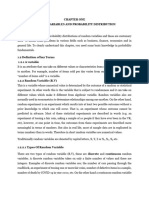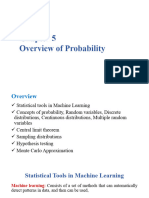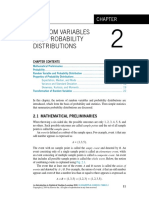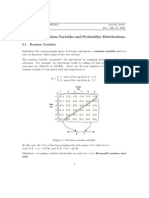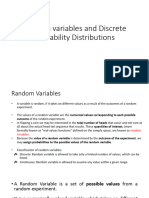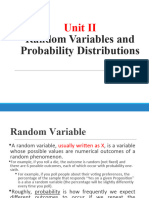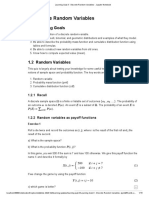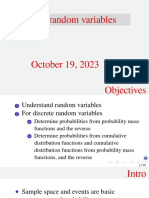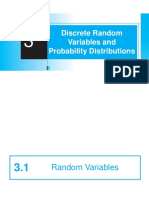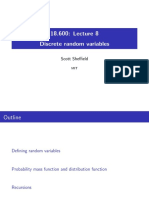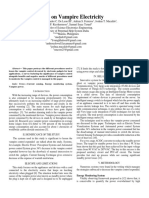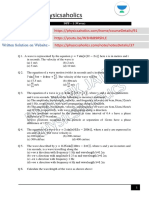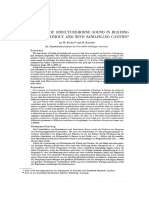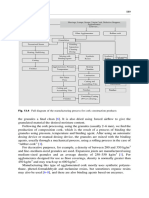0% found this document useful (0 votes)
61 views17 pagesProbability Basics for Econometrics
This document is a lecture on probability concepts for an econometrics course. It begins with an overview of terminology like sets, sample spaces, random variables, and events. It then covers probability mass functions and density functions, their properties, and examples. Finally, it discusses cumulative distribution functions, their properties and how to calculate them both for discrete and continuous random variables, providing examples for both cases.
Uploaded by
uribazogabrielCopyright
© © All Rights Reserved
We take content rights seriously. If you suspect this is your content, claim it here.
Available Formats
Download as PDF, TXT or read online on Scribd
0% found this document useful (0 votes)
61 views17 pagesProbability Basics for Econometrics
This document is a lecture on probability concepts for an econometrics course. It begins with an overview of terminology like sets, sample spaces, random variables, and events. It then covers probability mass functions and density functions, their properties, and examples. Finally, it discusses cumulative distribution functions, their properties and how to calculate them both for discrete and continuous random variables, providing examples for both cases.
Uploaded by
uribazogabrielCopyright
© © All Rights Reserved
We take content rights seriously. If you suspect this is your content, claim it here.
Available Formats
Download as PDF, TXT or read online on Scribd
/ 17



